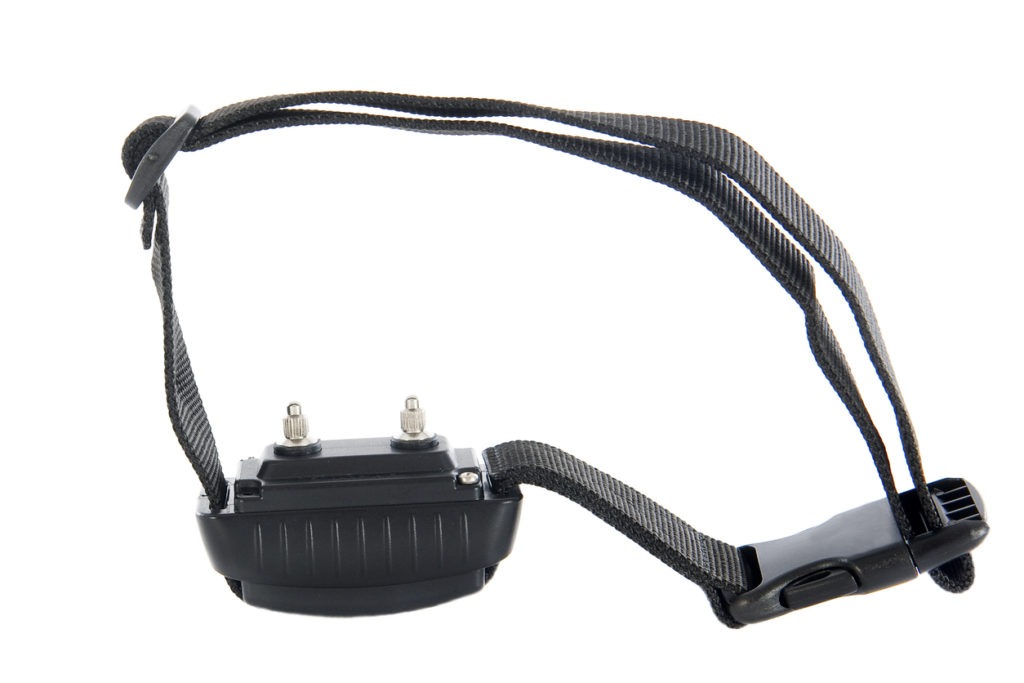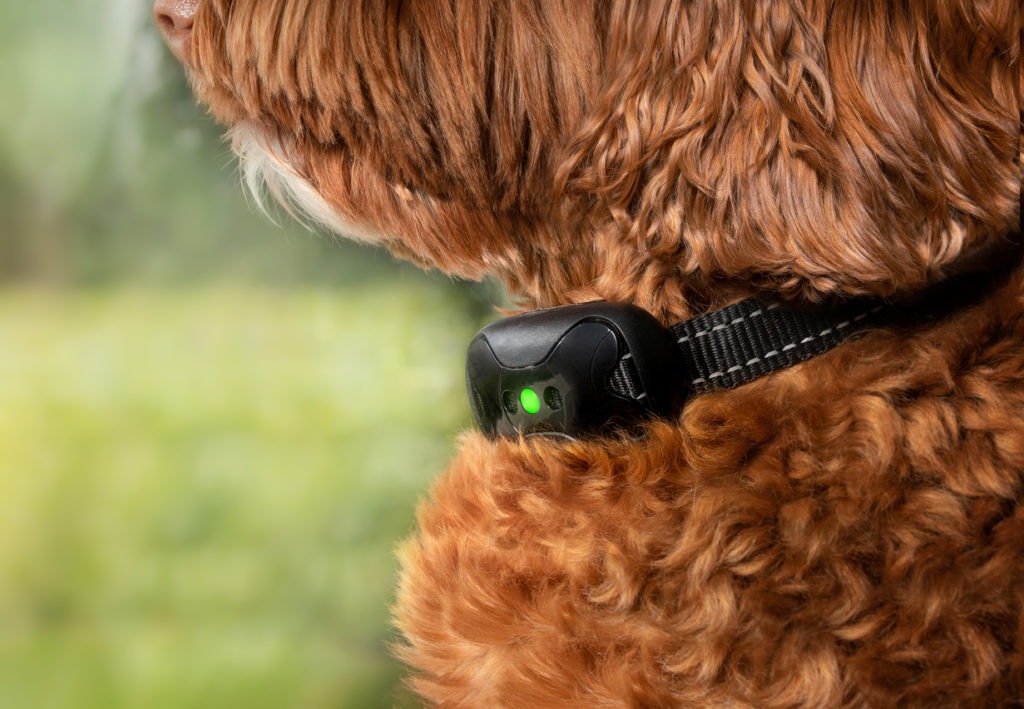One of the best pets for any person or family is a dog. In the US, the majority of pet owners have dogs as their first pets. Dogs need to be trained as well, despite the fact that they are pretty adorable. Without the right training, dogs may bark excessively, turning the once-adorable creature into a bother to you.
A dog who has a propensity for excessive barking may wear a particular style of training collar called a “bark collar.” By providing negative reinforcement for that behavior over time, it is hoped that the dog will eventually stop barking. The use of bark collars have been used to train a dog not to bark but for many people they consider them to be cruel to the dog. The advantages and disadvantages of bark collars will be discussed in the following paragraph, which will help you decide if one is the best option for your dog.
Types of Bark Collar
1. Electronic Bark Collars / “Shock Collars”

2. Vibration Bark Collar
Before transmitting an interruptive pulse, in this case a vibrating one, vibration collars also feature sensors that detect a dog’s bark. Although the intensity of the vibration can be pre-adjusted, vibrating collars are less versatile than static collars and offer a far smaller selection of models. However, the vibration collar is a very useful substitute for individuals who would prefer not to wear a traditional bark. The vibration gives an immediate marker” to the dog that they did something and when coupled with positive reinforcement from the dog’s owner.
3. Citronella Bark Collar
Citronella bark collars have a tiny microphone built in to recognize barking. It will release a plant-based citronella scent when it is discovered. Citronella collars were proven to be efficient at reducing or ending bothersome barking, and many dog owners preferred them over electric shock collars. Numerous stray and cat adoption organizations also use citronella bark collars to stop overbearing barking.
However, the many citronella collars are prone to failure. The microphone’s sensitivity must constantly be active in order to prevent picking up barking from other dogs and maybe punishing your dog for something he did not do, confusing the dog and impeding behavior adjustment.
4. Ultrasonic Bark Collar
Ultrasonic bark collars also feature a microphone and emit a high-pitched sound that is inaudible to people but upsetting to dogs. Most systems just utilize one tone, while some do employ two to communicate good behavior and reward negative behavior. Ultrasonic bark collars are frequently combined with electronic shock collars to first provide a sound and, if the behavior continues, a shock. Of the three forms of bark collars, the ultrasonic bark collar has the fewest supportive studies.
Why Use a Bark Collar?
“Nuisance barkers” are the kind of dogs whose owners frequently buy bark collars; these dogs continuously bark, either out of territorial instinct or because barking is a learned, attention-seeking behavior. The study found that training a dog to stop barking inconveniently can reduce the amount of barking, but owners who are absent when the barking occurs, are unable to correct the dog, or for other reasons, are unwilling to do so, may choose to use a bark collar. Most barking concerns can be resolved without the use of a bark collar because many dogs bark for legitimate reasons.
Reasons Why your Dog Barks
The reasons why your dog barks incessantly are varied. When something triggers it, such a stranger approaching or an unusual animal entering its territory, it answers by barking. Additionally, it has the ability to bark at other canines, which makes the first dog’s territorial response stronger. This kind of barking will be very beneficial to dog owners who keep their pets as a kind of defense.
Barking is a learnt response in dogs. A dog learns that barking will help him obtain what he wants—attention or play—if he does it and then gets it from you. If a dog brings his toy to you, barks, and then you play with him, he will learn that barking is a good way to initiate play. Any attention is preferable to no attention; therefore if you’re reprimanding or yelling at the dog as a result of his conduct, he can interpret that as reinforcement as well. Barking is a common kind of play for dogs, who may do it to people or other animals.
When their owner is not there, dogs may bark both to attract attention to themselves and out of anxiety. This is referred to as separation anxiety and frequently occurs immediately after the owner departs. Barking can linger for several hours at a time and usually only happens when the owner is away. Many owners find that simply one of the aforementioned reasons is sufficient to support the use of a bark collar.
However, there is one circumstance in which it is never a good idea to use a bark collar to stop barking. If a dog is in pain, is deaf, has cognitive problems, or has a brain disorder, they may bark excessively. Always rule out these possibilities by taking your dog to the vet for a full checkup before starting a bark collar training program.
Conclusion
You, the owner, have the final say over whether or not to use a bark collar. You are responsible for the happiness and health of your dog in addition to being considerate of your loved ones and neighbors. Consider various methods for behavior modification before making a bark collar your final option. Your vet may recommend specific training exercises to assist you in getting your dog to be quiet or quit barking. Even while you want to stop unnecessary barking, you do not want your dog to stop barking completely.
Dogs naturally bark, but this behavior should be properly watched when it occurs Learn to recognize the pressures that cause your dog to bark and make every effort to remove them. Despite the fact that it may seem like a time-consuming burden, teaching your dog to stop barking can sometimes be more successful than depending solely on a bark collar. There is no easy treatment for unwanted dog behavior, just like there is for people.




